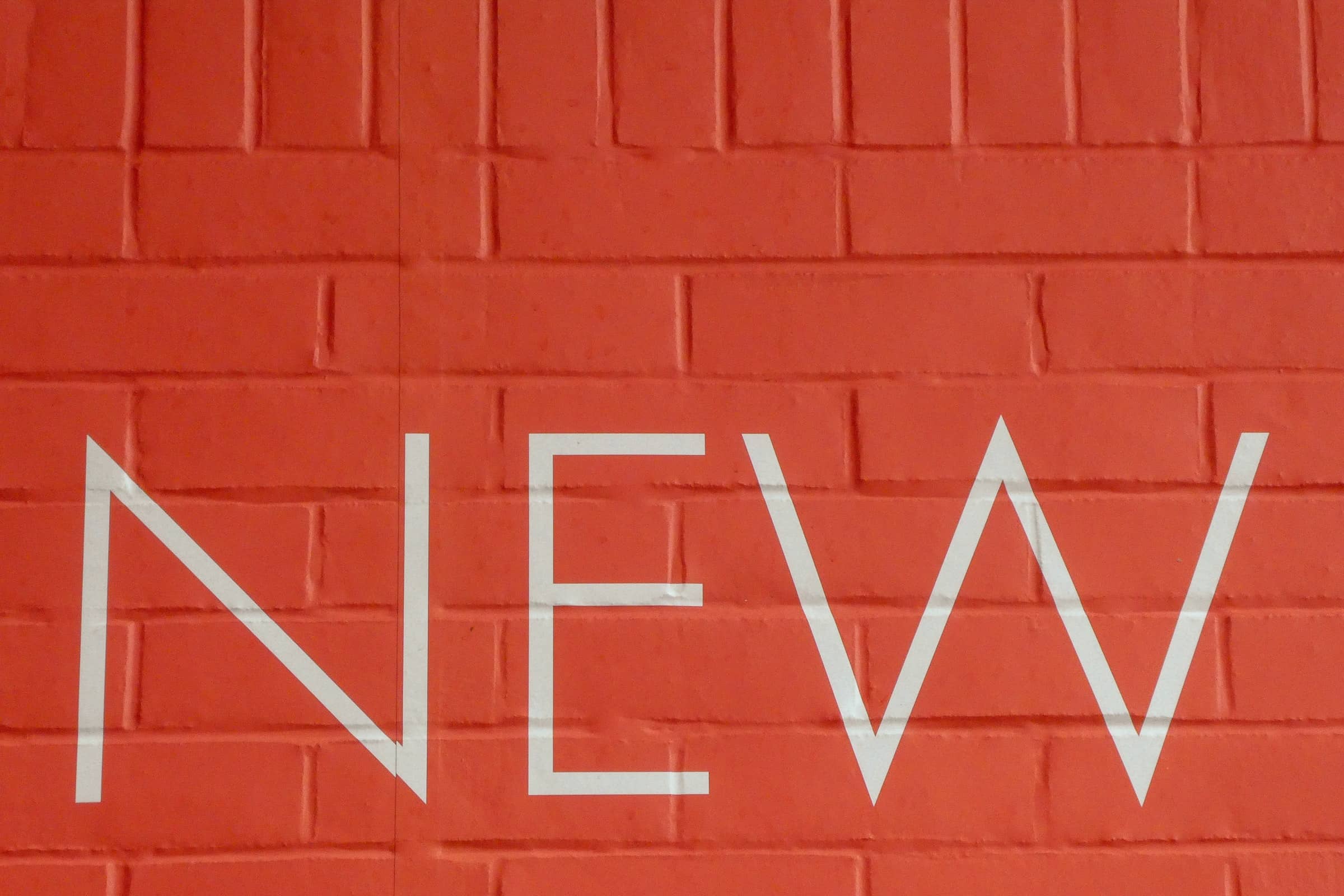
Introducing people to your brand whether your business is new or not
Jul 23, 2022
Introducing your brand to current and new audiences involves serving them with a beautiful brand identity and wowing them with a set of catchy taglines, right? A pretty exterior might make someone take notice; ultimately, people care about your brand’s character.
The state of brand loyalty
As Bo Finneman, associate partner of McKinsey’s Marketing & Sales Practice, notes, “Loyalty is now more elusive than ever.” When you’re presenting your brand to the masses, the impressions you leave people with could be the difference between projecting a credible image that stands the test of time or losing their interest forever.
So in a world where people are more likely to learn about companies through content rather than traditional ads, how do you make people pay attention when launching or relaunching your brand?
Jared Rosen, Wayfair Senior Brand Manager, explained it well, “Brand identity is more than just finding the right logo to place on coffee cup sleeves or mount above your front door. It’s about crafting a personality that amplifies the core elements to your brand’s DNA. Today, the most magnetic brand identities scale across digital platforms, IRL experiences, and even naturally converse with real customers.”
This personality that your brand cultivates is the force that captivates customers and brings them into the fold.
Introducing your brand when no one knows your name
The type of messaging you use to introduce your brand to future customers is essential when starting from ground zero. The words used to define your mission, explain who you are, and the plans in store to make an impact have meaning.
And they also determine what people think of your brand long-term.
Startups are especially vulnerable to their message and identity being misunderstood or ignored. When a product or service is too difficult to explain, audiences have a higher learning curve. Startups have to keep this in mind when putting themselves out there and thinking about how to creatively illustrate their offerings to those who may not “get it” after the brand’s launch.
Including employees and founders in the branding process
If you’re fortunate enough to have a team behind you before launching, listening to their feedback is crucial. These people can be the voices of reason when you’re too close to your business and products.
“A brand for a company is like a reputation for a person. You earn reputation by trying to do hard things well.” – Jeff Bezos
Your team can address some of the issues that interfere with how people interpret the brand, like:
- – Bringing objectivity into the product’s positioning. When you’re so involved in the products your company sells, it’s easy to assume that everyone will feel the same way about them as you do.
- – Not considering customer feedback from the beginning. They are the ones who will guide the brand, its products, and where it stands as the company continues to grow.
- – Preventing your brand from copying another. Something that may have worked for a different company may not have the same result for your own.
- – Understanding who the brand is talking to. Going back to the first point, your brand has to provide relevance to its customer base, so they see that you know and understand them.
Including your team in the launch enables them to adequately articulate the brand’s mission, vision, values, and purpose to the rest of the world.
Informing current customers about the relaunch
But what’s the approach for introducing a new brand to an old audience? It starts by defining the new brand’s narrative or “why.” This exploration involves clearly stating the rationale behind the relaunch.
When Burger King unveiled their new rebrand in 2021, it updated all of its elements to reflect the delicious experience it continues to deliver.

Source: Dezeen
Lisa Smith, executive creative director at Jones Knowles Ritchie, said about the new design: “We wanted to use design to help close the gap between the negative perceptions a lot of people have of fast food, and the positive reality of our food story by making the brand feel less synthetic, artificial and cheap, and more real, crave-able and tasty,”
Airbnb also used its rebrand to tell a deeper story about what it means to create connections and to belong in a world that has become increasingly digitalized.
Airbnb CEO Brian Chesky explained the story behind the brand, “It turns out the answer was right in front of us. For so long, people thought Airbnb was about renting houses. But really, we’re about home. You see, a house is just a space, but a home is where you belong.” he continues on, “And what makes this global community so special is that for the very first time, you can belong anywhere.”
Preventing surprises before and after launch
Communication is vital when planning out a brand relaunch—both internally and externally. Keeping this information in a central hub people can access will:
- 1. provide high-value clients, partners, and investors with details about the relaunch
- 2. keep them abreast of the rebrand’s progress and give them familiarity with it
Doing this work upfront prevents anyone from feeling a sudden shock, frustration, and confusion at seeing the brand relaunched without any warning. And it’s why the relaunch needs to have a cohesive strategy behind it.
Matthew Kinsman, CEO at BaseCreate, stated, “Customers who are already loyal to the brand deserve to be informed about the upcoming changes. It is essential to assure current customers that the new brand is a positive transformation and will not affect the service and commitment that the business has demonstrated thus far.”
After launching or relaunching a brand, the work’s not over yet.
Conducting a brand audit at least once a year gives you a realistic view of people’s perception of it. Audits also enable you to take advantage of competitive opportunities you may have otherwise missed.
Conclusion
Buyers have so many options today. Heck, so much so that they feel obligated to shop around. With more than 58% of customers switching brands from one purchase to the next, winning their loyalty and turning their attention away from competitors starts by making that first interaction with your brand memorable.
Spending the time upfront to keep people involved in the story of the brand’s relaunch makes them feel as if they’re part of the process.
And they’re invested in it.
The first impressions your business leaves people with has to make them feel. But it also has to create a connection they can’t resist.



